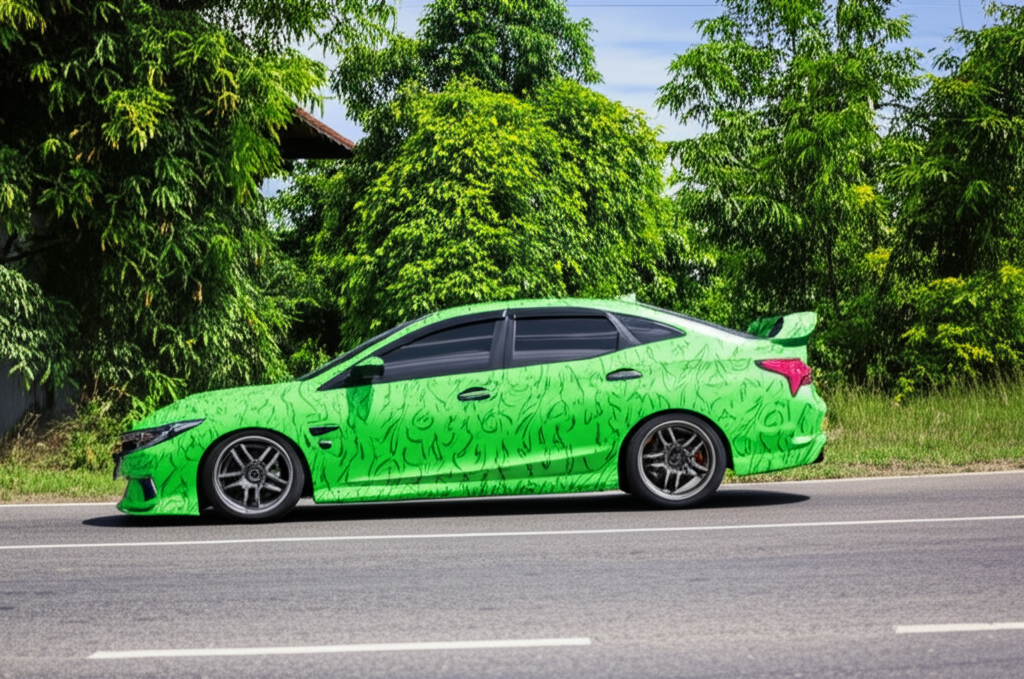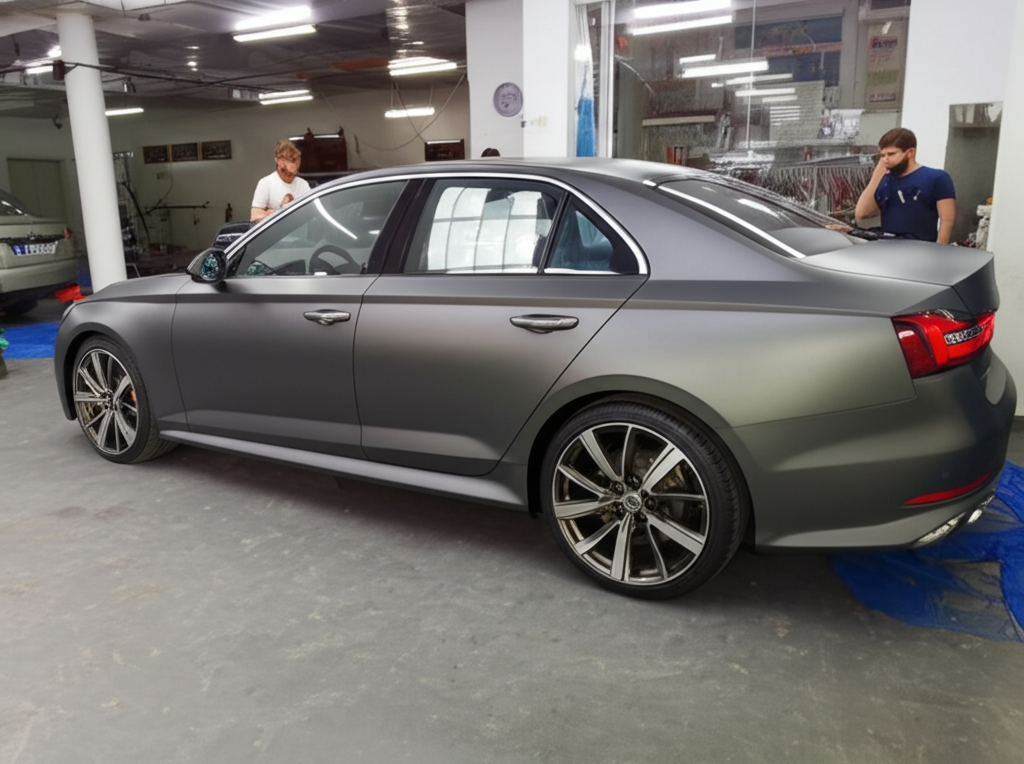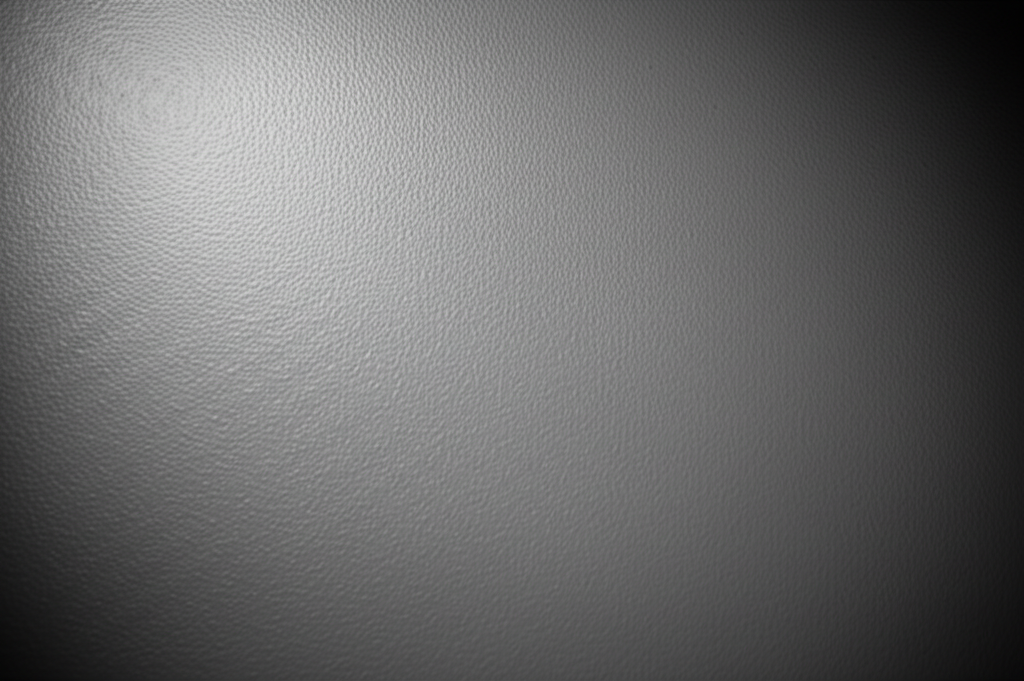Living in beautiful Thailand, we’re surrounded by stunning natural landscapes, from lush mountains to pristine beaches. Many of us are increasingly aware of our environmental impact and actively seek sustainable choices in our daily lives. We choose reusable bags, conserve water, and support eco-friendly products. But have you ever considered the environmental footprint of customizing your car? You love your vehicle, it’s an extension of your personality, and maybe you’re dreaming of a fresh new colour. Traditionally, this meant a paint job. But what if there was a way to achieve that stunning transformation while being kinder to the planet? What if changing your car’s colour could align with your commitment to a greener Thailand?

The desire for a unique look often leads car owners down the path of repainting. However, traditional automotive painting is a process laden with environmental concerns. It involves volatile organic compounds (VOCs) – harmful chemicals released into the atmosphere contributing to air pollution and health issues. The process also generates significant hazardous waste, including solvents, paint sludge, and masking materials, often requiring special disposal methods. Furthermore, paint booths consume considerable energy for heating and ventilation. For the environmentally conscious driver in Thailand, this presents a dilemma: how do you refresh your car’s appearance without compromising your values?
Meet Anong: A Bangkok Driver’s Journey to a Greener Ride
Anong, a marketing professional living in bustling Bangkok, faced this exact challenge. Her reliable five-year-old sedan served her well, but its standard silver paint felt uninspired. She craved a sophisticated matte grey finish but was deeply concerned about the environmental impact of a traditional respray. “I read about the VOCs and waste generated by paint shops,” Anong shared, “and it just didn’t sit right with me. I try to be mindful in other areas of my life, why should my car be different, especially here in Thailand where we cherish our environment?”
During her research for sustainable options, Anong discovered high-quality automotive vinyl wraps. Intrigued, she learned that wrapping offered a way to completely change her car’s colour without the environmental drawbacks of painting. She visited a reputable wrapping specialist in Bangkok who explained the process. Unlike painting, applying a car wrap involves minimal chemical use. There are no harmful VOCs released into the air, no overspray, and significantly less waste – mostly just the backing paper and offcuts of the vinyl film, which are often recyclable depending on the material.

Anong chose a premium matte grey vinyl film known for its durability and clean removability. The application process took just a few days. Skilled technicians meticulously cleaned her car’s surface and then carefully applied the vinyl, using heat guns and specialized tools to conform the film to every curve and contour. There were no fumes, no hazardous materials needing disposal, just a quiet, precise transformation. The result? Anong’s sedan looked dramatically different – sleek, modern, and exactly the sophisticated look she wanted. “The transformation is incredible,” she beamed. “It looks like a brand-new car. But the best part is knowing I achieved this stunning look responsibly. It feels good to drive a car that reflects my style *and* my commitment to sustainability.” Anong also appreciated that the wrap protects her original silver paint underneath, preserving the car’s resale value, and if she ever wants a change, the wrap can be removed without damaging the paint.
Wrapping vs. Painting: An Eco-Conscious Comparison
When considering a colour change for your vehicle in Thailand, understanding the key differences between wrapping and painting is crucial, especially from an environmental perspective. Here’s a breakdown:
| Feature | Car Wrapping (Vinyl Film) | Traditional Car Painting |
|---|---|---|
| Environmental Impact (VOCs) | Virtually zero VOC emissions during application. Some modern films are also made with more sustainable practices. | High VOC emissions from paints, primers, and clear coats, contributing to air pollution. |
| Waste Generation | Minimal waste, primarily backing paper and vinyl offcuts (potential for recycling). No hazardous liquid waste. | Significant hazardous waste: paint sludge, solvents, used masking materials, filters contaminated with chemicals. Requires specialized disposal. |
| Energy Consumption | Lower energy consumption. Primarily uses hand tools and heat guns. No need for high-energy spray booths or curing ovens. | High energy consumption for spray booths (ventilation, heating/baking cycles). |
| Material Composition | Typically PVC-based vinyl, though non-PVC and more eco-friendly options are emerging. Focus on durability and removability. | Complex chemical compounds including pigments, binders, solvents, and additives. |
| Durability & Lifespan (Thailand Climate) | Quality wraps last 3-7 years, depending on material, care, and exposure to sun/elements. Resistant to minor scratches and UV rays. | High-quality paint jobs can last many years, but susceptible to chipping, scratching, and fading over time, especially in strong sunlight. |
| Paint Protection | Acts as a protective layer for the original paint underneath against scratches, stone chips, UV damage, and contaminants. | Is the final layer; does not protect the underlying factory paint (it replaces it). Damage requires repainting sections. |
| Reversibility | Completely reversible. Can be professionally removed without damaging the original paint (if quality film/installation/removal). | Permanent. Returning to the original colour requires another full repaint. |
| Customization & Finish Options | Vast range of colours, finishes (gloss, matte, satin, chrome, textured), and printable graphics. Unique effects are readily available. | Wide range of colours, but special finishes like deep matte or chrome can be very expensive and complex. |
| Application Time | Typically 2-5 days for a full wrap. | Typically 1-3 weeks, including prep, painting, curing, and finishing. |
| Indicative Price Range (Thailand) | Moderate to High (THB 30,000 – 100,000+ for full wrap depending on car size, film type, complexity). Offers value through protection & reversibility. | Wide Range (THB 25,000 for basic – THB 150,000+ for high-end custom paint). High environmental cost not reflected in price. |
| Ideal User | Eco-conscious owners, those wanting paint protection, leased vehicles, frequent style changes, unique finishes desired. | Owners seeking a permanent colour change, repairing significant body damage requiring paintwork. |
The comparison clearly shows that for drivers prioritizing environmental responsibility without sacrificing aesthetics, car wrapping presents a compelling advantage. It’s a cleaner process with significantly less impact on air quality and waste generation.
Voices from the Road: Why Thai Drivers Choose Eco-Wraps
Anong isn’t alone. More and more car enthusiasts in Thailand are choosing wraps for both style and sustainability:
“I was hesitant about the chemicals involved in painting my pickup truck. A friend recommended wrapping. The process was so clean, no harsh smells at all! Now my truck looks tough in matte black, and I feel good knowing I didn’t contribute to air pollution. It’s a win-win!” – Somchai, Chiang Mai
“My company leases our vehicles, so painting wasn’t an option. Wrapping allowed us to brand our fleet with vibrant colours and logos, while protecting the original paint. At the end of the lease, we can simply remove the wraps. It’s practical, looks professional, and aligns with our company’s growing focus on sustainability.” – Nattaporn, Rayong
“Living near the coast in Phuket, I wanted extra protection against the salty air and sun for my convertible. The wrap not only gave it a stunning new pearl white colour but also shields the original paint. Knowing it’s a more eco-friendly process than repainting makes enjoying the drive even better.” – Michael (Expat), Phuket
These experiences highlight a shift in mindset. Thai drivers are realizing they can have it all: a personalized, stylish vehicle and the peace of mind that comes with making an environmentally sound decision.
Ready to Transform Your Ride the Green Way?
If you’re inspired by the possibility of refreshing your car’s look while honouring your commitment to environmental protection, exploring car wrapping is the next logical step. It’s a modern, responsible choice that offers incredible aesthetic flexibility, protects your investment, and significantly reduces your environmental impact compared to traditional painting methods. Make a statement not just with colour, but with conscience.
Curious about the options for your car? Want to see the range of colours and finishes available? Contact us today to discuss your vision and get a personalized quote for an eco-friendly car wrap.
📱 Want to learn more about car wrap & paint protection?
Feel free to reach us on LINE:

🌐 Official Website: https://tpuwraps.com
Frequently Asked Questions (FAQ) about Eco-Friendly Car Wrapping
- Q: Is car wrapping genuinely better for the environment than painting?
- A: Yes, significantly. The primary benefits are the near-zero emission of Volatile Organic Compounds (VOCs) during application, compared to high emissions from paints and solvents. Wrapping also produces far less hazardous waste and typically consumes less energy than the painting process, which requires energy-intensive spray booths and curing ovens.
- Q: How long will a car wrap last in Thailand’s hot and humid climate?
- A: With proper care, a quality car wrap from a reputable brand installed professionally can last between 3 to 7 years in Thailand. Factors like the quality of the film, frequency of washing, and prolonged exposure to direct, harsh sunlight play a role. Using UV protectant sprays designed for wraps can help extend its life.
- Q: Will removing the wrap damage my car’s original paint?
- A: If the wrap is a quality film, installed correctly on factory paint in good condition, and removed professionally within its recommended lifespan, it should not damage the paint. In fact, the wrap protects the underlying paint from minor scratches, UV rays, and contaminants during its application.
- Q: Are some wrap materials more eco-friendly than others?
- A: Yes. While most standard wraps are PVC-based, manufacturers are increasingly developing non-PVC films and films made using more sustainable processes or incorporating recycled content. Ask your installer about the specific environmental credentials of the films they offer. The key eco-advantage, however, remains consistent across most wraps: the application process itself is far cleaner than painting.
- Q: Is getting my car wrapped more expensive than painting it?
- A: The upfront cost of a quality wrap can be comparable to, or sometimes slightly more than, a mid-range paint job. However, it’s often less expensive than a high-end custom paint finish. Consider the value proposition: wrapping offers paint protection (preserving resale value), complete reversibility, often faster turnaround time, and crucially, a much lower environmental cost. For many eco-conscious owners, this overall value makes wrapping the preferred choice.
Make the Change: Drive Stylishly, Drive Sustainably
Choosing how to customize your car is a personal decision, but it doesn’t have to be made in isolation from your environmental values. Opting for a high-quality car wrap is a powerful way to express your style while making a tangible, positive impact. It’s a choice that reduces pollution, minimizes waste, and protects your vehicle’s original finish – all while giving you the head-turning look you desire.
Join the growing movement of responsible car owners in Thailand who are embracing greener alternatives. Choose to wrap, not repaint. Let your car be a testament to your style and your commitment to preserving the natural beauty of Thailand for generations to come. Explore the possibilities today and drive the change you want to see.

